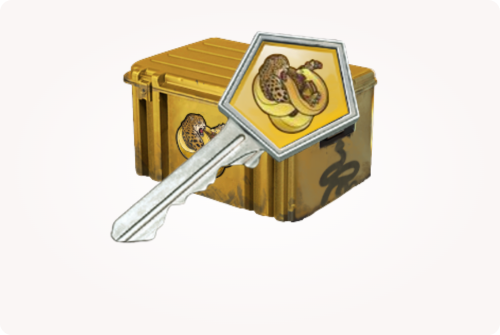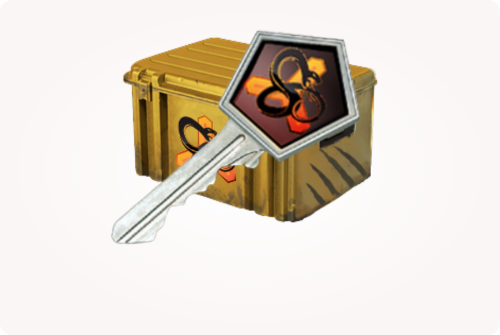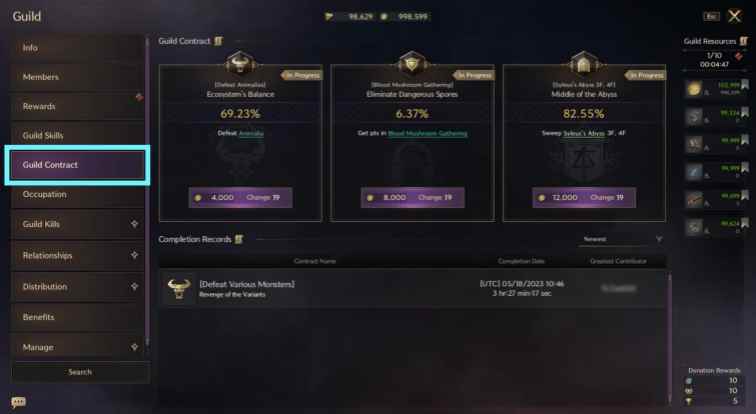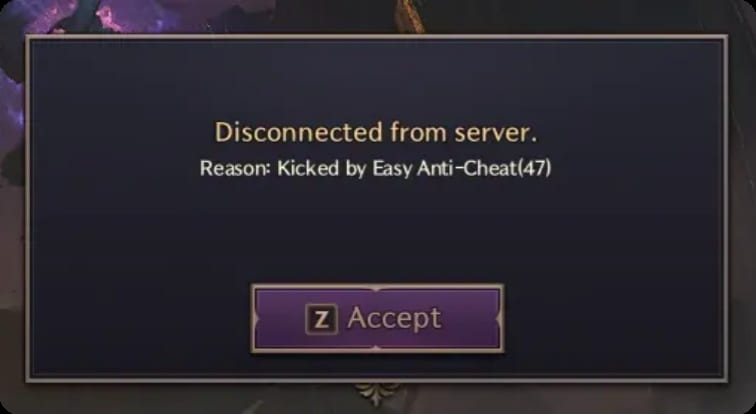Mastering CS2 Radio Commands
Diving into the tactical depths of Counter-Strike 2 (CS2), communication is key. CS2 Radio Commands are your silent signals, the unspoken language that can make or break a match. Let’s explore how to wield these tools for strategic advantage.
CS2 Radio Commands
In the heat of battle, every second counts. These commands allow you to convey crucial information swiftly. From marking enemy positions to rallying your team, these commands are the lifeline of non-verbal communication in CS2.
Unleashing the Power of Radio Commands
To harness the full potential of CS2 Radio Commands, you must first enable the developer console—a gateway to customization. Here, you can bind commands to keys, creating shortcuts that can be lifesaving in the midst of chaos.
The bind command is your ally here. For instance, binding “Regroup Team” to the ‘M’ key is as simple as typing bind m regroup. This lets you issue strategic calls without missing a beat.
Customizing Your Arsenal of Communication
While the default set of CS2 Radio Commands is robust, the option to edit and expand them exists for those willing to delve into the game files. Here, you can tailor the radio response list to fit your team’s unique strategies.
Navigating the Radio Command Menus
CS2 offers a variety of radio command menus, each with its own set of messages. RADIO1, RADIO2, and RADIO3 open different sets of commands, from commanding messages to morale-boosting cheers and reporting updates.
Muting the Noise
In moments of intense focus, the last thing you need is distraction. CS2 allows you to mute radio commands using the ignorerad command, creating a distraction-free environment when you need it most.
When to Use Radio Commands
While voice chat is king in communication, CS2 Radio Commands offer a quick, silent alternative. Use them to signal enemy sightings, request backup, or coordinate attacks without alerting the enemy.
The Evolution of Communication: From CS:GO to CS2
Carryovers from CS:GO, such as the classic “sticktog” and “roger”, have found their way into CS2, adapted to fit the new game’s mechanics and strategies. These familiar commands provide a bridge for transitioning players.
Conclusion
CS2 Radio Commands are more than just conveniences; they’re a strategic asset. Mastering them is about blending speed with strategy, ensuring your team moves as one cohesive unit. Whether you’re a seasoned veteran or a newcomer to the world of CS2, understanding and utilizing these commands can elevate your gameplay to new heights.
Top Picks

Fracture Case
$27.03 – $54.07

Operation Broken Fang Case
$56.75 – $182.86

Snakebite Case
$20.04 – $111.31



















